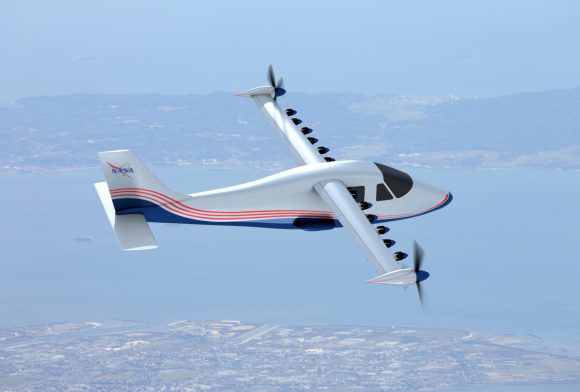Commercial aviation accounts for nearly 9% of greenhouse gases emitted globally. As the aviation sector grows and more and more people take to air travel, the contribution of aviation to global warming will increase. One of the way ahead would be to move towards zero emission propulsion technologies. One of the most lucrative technologies is electric propulsion. However, aircraft need a huge amount of energy to move and fly and components for electric propulsion for such systems are heavy. To move and fly these heavier components we need more power and hence heavier equipment. This is an unending cycle.
In case of electric or hybrid technology, electrical energy generated by the generators or electric motors in regenerative mode is AC and needs to be converted to DC for operating the propulsion motors. These need inverters and rectifiers which are heavy pieces of equipment.

NASA has entered into an agreement with GE, one of the global leaders in power generation equipment and power electronics to develop lighter equipment, especially inverters and rectifiers. GE claims that with advances in power electronics especially with development of new and lighter material like Silicon-Carbide, they may be able to develop a 1 MW inverter which is the size of a suitcase. This semi conducting material is used in the fabrication of high temperature and high voltage electronics. Twenty such suitcases would be able to power an aircraft, the size of a commercial airliner. NASA has entered into a contract worth US$ 12 million for this project.
Jim Heidmann, manager of NASA’s Advanced Air Transport Technology Project, explained in a NASA explained, “We’re at a critical time in the history of aviation because we have an opportunity to develop systems that will reduce cost, energy consumption and noise, while opening up new markets and opportunities for American companies. It’s imperative that we work with industry and academia to ensure the right technologies are available to meet demands of future passengers and carriers “
NASA is also working with Boeing and Pratt & Whitney for developing MW scale tests.
Inputs from www.universetoday.com.
